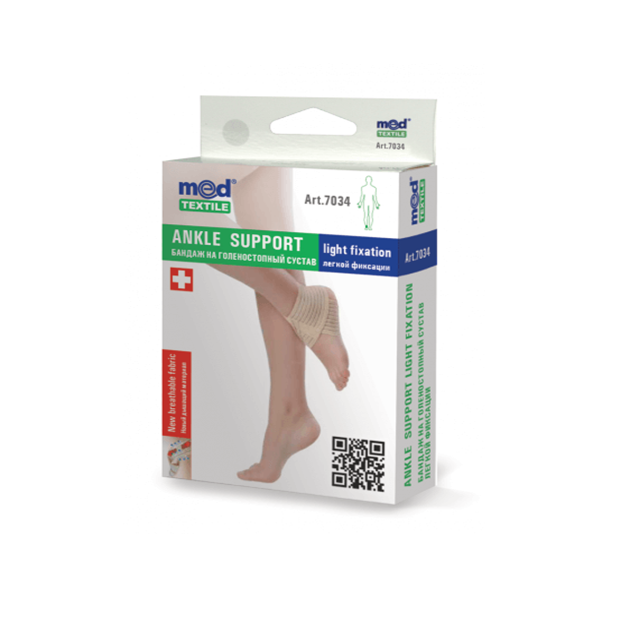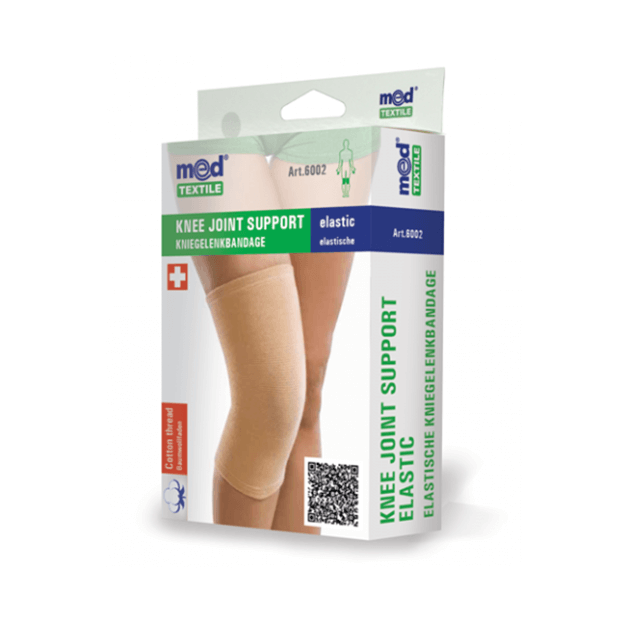

Cervical Immobilizer
- Provides firm neck support and immobilization
- Reduces risk of further injury post-surgery or trauma
- Available in soft and rigid models to meet specific needs
- Adjustable for a comfortable, customized fit
- Lightweight design for ease and comfort
KShs 2,863.00 Original price was: KShs 2,863.00.KShs 2,720.00Current price is: KShs 2,720.00.
Description
Buy Cervical Immobilizer Online Now in Nairobi, Kenya – Quality Neck Support and Spinal Protection
The Cervical Immobilizer, also known as a cervical collar or neck brace, is a high-quality medical device designed to support and stabilize the cervical spine. Whether due to trauma, injury, or surgery, this immobilizer ensures that your neck remains secure and protected, preventing further damage and allowing for faster healing.
Purpose and Benefits of a Cervical Immobilizer
The cervical immobilizer is specifically crafted to restrict neck movement, limiting actions like flexion, extension, bending, and rotation. By stabilizing the cervical spine, it minimizes the risk of additional injury to the neck’s delicate structures. For patients with neck trauma, recent surgeries, or spinal issues, this immobilizer provides crucial support, helping to maintain the correct alignment of cervical vertebrae while healing.
Design and Types of Cervical Immobilizers
Our cervical immobilizer is crafted from durable, lightweight materials, providing both comfort and support. Available in different styles, each caters to a range of neck support needs:
- Soft Collars: Made of foam or soft fabric, ideal for mild injuries or as a preventative measure.
- Rigid Collars: Composed of hard plastic or metal, these are perfect for serious injuries or post-surgery recovery, offering maximum immobilization.
Application and Adjustment: A Simple, Secure Fit
Applying a cervical immobilizer is a straightforward process. First, a healthcare professional measures the neck to ensure the correct fit. Once placed around the neck, the collar’s adjustable straps or Velcro closures are secured, providing a comfortable, snug fit that guarantees stability. The chin rests comfortably on a chin support, maintaining the necessary level of immobilization.
Cervical Immobilizer: Important Precautions and Care Instructions
Though cervical immobilizers are essential for neck stabilization, prolonged use should be under a healthcare provider’s supervision. Using the immobilizer for extended periods without professional oversight may lead to muscle weakness, stiffness, or even atrophy. Always follow medical advice regarding the duration of use, and take note of any recommended exercises or therapies to maintain neck mobility and prevent complications.
Frequently Asked Questions
- What is a cervical immobilizer used for?
A cervical immobilizer, or neck brace, is used to stabilize the neck following an injury, surgery, or trauma. It limits neck movement, allowing the cervical spine to heal and preventing further damage. - Are there different types of cervical immobilizers?
Yes, cervical immobilizers come in two main types: soft collars, for mild support, and rigid collars, for more intense stabilization. Rigid collars are typically used in cases of severe neck trauma or post-surgery. - How should I wear a cervical immobilizer?
A cervical immobilizer should be applied by a healthcare professional who will measure and adjust it for a secure fit. Once properly fitted, the immobilizer keeps the neck in a supported, immobilized position to aid healing. - Can I wear a cervical immobilizer while sleeping?
In most cases, you can wear a cervical immobilizer while sleeping if directed by a doctor. Always consult your healthcare provider on proper use, as prolonged or unsupervised wear may lead to muscle stiffness. - Where can I buy a cervical immobilizer in Kenya?
You can buy a cervical immobilizer now online in Nairobi, Nakuru, Mombasa, Eldoret, Kisumu, Kiambu, Meru, and East Africa from HealthAlone, or visit our physical shop in Kahawa Sukari shopping center, Nairobi.
Conclusion: Dependable Support for Your Neck and Spine
The cervical immobilizer is a vital aid in managing neck injuries and spinal trauma. With sturdy design options for varied needs, it restricts unnecessary movement, reduces strain, and allows proper healing. While this immobilizer brings essential stability, remember to use it under the guidance of a healthcare professional to avoid any unwanted side effects. With HealthAlone, you can rest assured that you’re receiving top-quality support for a faster recovery.













